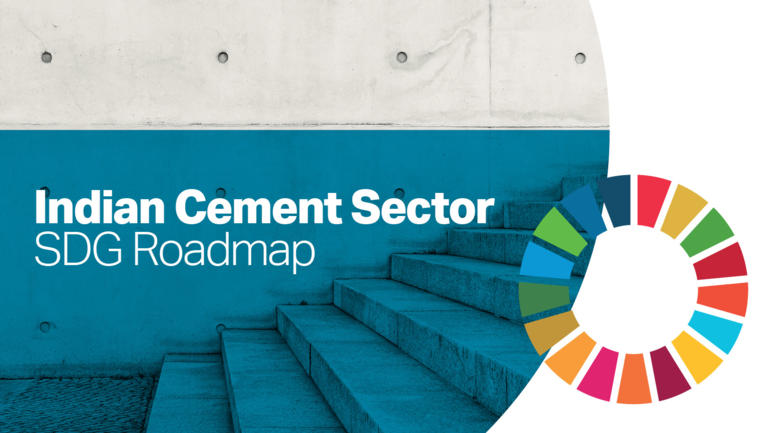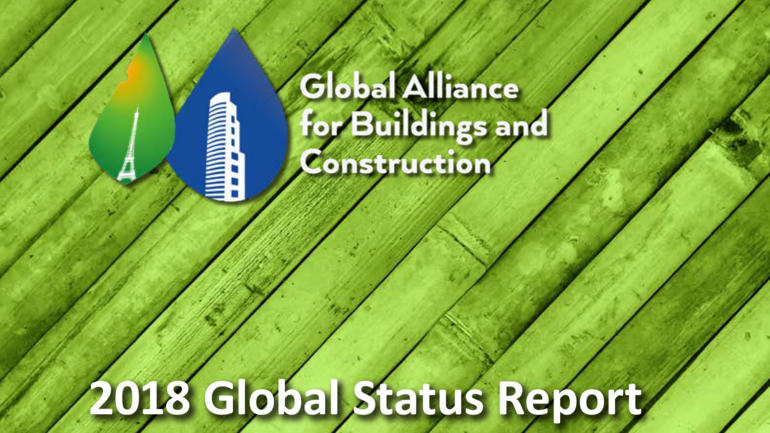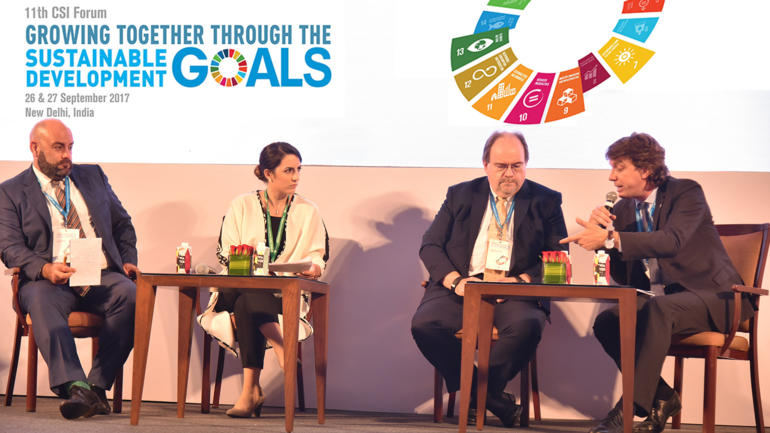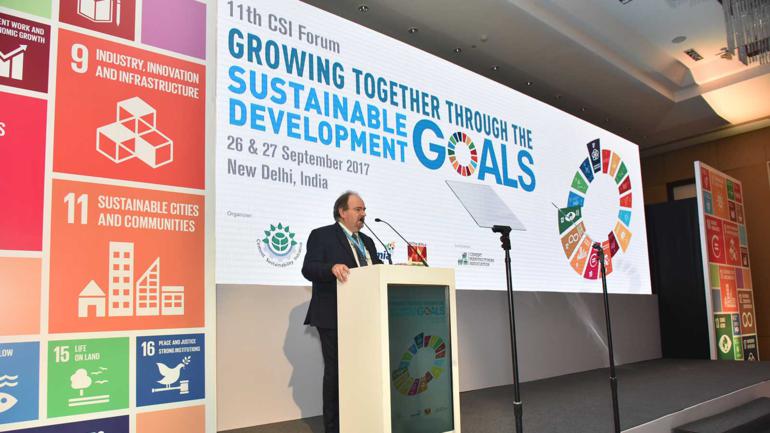Paris and Geneva, 6 April 2018: A combination of technology and policy solutions could provide a pathway to reduce direct carbon dioxide emissions from the cement industry by 24% below current levels by 2050, according to a new report by the International Energy Agency (IEA) and the Cement Sustainability Initiative (CSI).
As a flagship sectoral project of the World Business Council for Sustainable Development (WBCSD), the CSI is a global effort currently gathering 24 major cement producers having operations in more than 100 countries and who have integrated sustainable development into their business strategies and operations.
The technology roadmap, called Low-Carbon Transition in the Cement Industry, provides an update to the global Cement Technology Roadmap - produced in 2009 as the first sectoral roadmap ever. The aim of the technology roadmap is to identify and develop international collaborative efforts and to provide robust evidence for decision making in both industry and policies to keep progressing towards a sustainable cement sector that contributes to the effort of limiting the global temperature increase to 2°C.
The cement sector is the third-largest industrial energy consumer in the world, responsible for 7% of industrial energy use, and the second industrial CO2 emitter, with about 7% of global CO2 emissions. Cement is the key ingredient of concrete – which is used to build homes, schools, hospitals and infrastructure, all of which are important for quality of life, social and economic wellbeing.
As global population rises and more people move into cities, global cement production is set to grow by 12 to 23% by 2050, and despite increasing efficiencies, direct carbon emissions from the cement industry are expected to increase by 4% globally by 2050 under the IEA Reference Technology Scenario (RTS). Realising the more ambitious IEA’s 2 Degrees Scenario (2DS) by 2050 implies significantly greater efforts to reduce emissions from cement manufacture.
The low-carbon transition of the cement industry can only be attained with a supportive regulatory framework as well as effective and sustained investments. Already, realising the RTS would require additional cumulative investments compared to the status quo. Achieving the transformation set in the 2DS would require increasing those investments by between two-thirds and two-fold cumulatively compared to the RTS. Governments, in collaboration with industry, can play a determinant role in developing policy and regulatory mechanisms that unlock the private finance necessary for such a boost in investment.
The roadmap uses a bottom-up approach to explore a possible transition pathway based on least-cost technology analysis for the cement industry to reduce its direct CO2 emissions in line with the IEA’s 2DS. Reaching this goal would require a combination of technology solutions, supportive policy, public-private collaboration, financing mechanisms and social acceptance.
The Roadmap is based on the 2DS, limiting global average temperature increase to 2 degrees Celsius in the long-term. The Roadmap includes a box discussing the global impact of the increased level of ambition of moving to the IEA B2DS, which is a scenario that falls within the category of the IPCC “well-below 2C” scenarios but it hasn’t been used as the basis for the detailed quantitative analysis in the Roadmap. A definitive or reference IPCC “well-below 2C” carbon budget has been publicly defined yet.
Improving energy efficiency and switching to alternative fuels, in combination with reducing the clinker content in cement and deploying emerging and innovative technologies like carbon capture and the use of alternative binding materials are the main carbon-mitigation methods available in cement manufacturing.
Further emissions savings can be achieved by taking into account the overall life cycle of cement, concrete and the built environment. This can include optimising the use of concrete in construction by maximising design life of buildings and infrastructures, encouraging reuse and recycling, reducing waste and benefiting from concrete’s properties to minimise energy needs for heating and cooling of buildings.
The roadmap outlines policy priorities and regulatory recommendations, discusses investment stimulating mechanisms and describes technical challenges with regard to research, development and demonstration.








